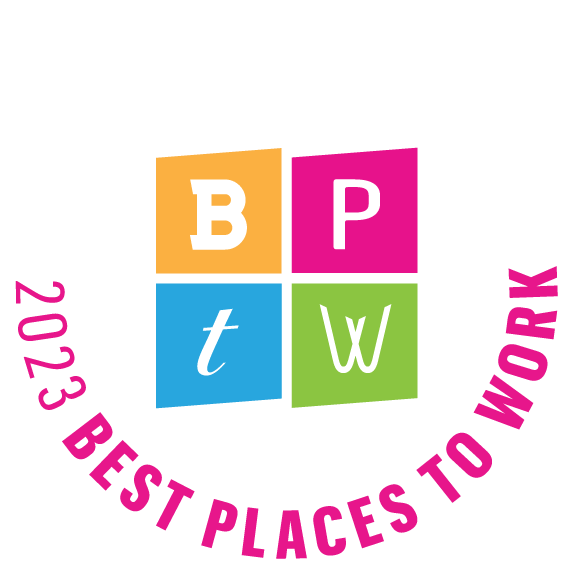Howard University (Howard), a leading historically Black institution based in Washington, DC, doubled its security score in less than a year after expanding its use of Microsoft Azure. Like many universities, Howard sought to strengthen its security through cloud migration but was limited by a lean IT budget. A ransomware attack in 2021 created an opportunity for the university to reexamine its infrastructure and led to a security code optimization partnership with Cloudforce. In just three weeks, Howard restored all core IT services by using Microsoft solutions and other tools. The university bolstered security, increased efficiency, and saved money, demonstrating what higher education institutions can achieve with the help of modern IT partners.
Howard University (Howard) enjoys a rich list of renowned alumni, from Nobel laureates to acclaimed actors and even a US vice president. Founded in 1867, Howard is a private research university known for its college of medicine, its science and engineering departments, and nationally ranked programs in social work, business, and communications. Like many nonprofits, Howard strikes a careful balance between its drive for excellence and its limited resources to support its faculty, staff, and students. The university’s IT department faced its own challenges in addressing the current needs of the campus
and embracing new technology. When an opportunity arose for rapid modernization, Howard’s IT leaders worked with tech consultants at Cloudforce to transform the university’s infrastructure by expanding its footprint on Microsoft Azure. Now a model of technological forward thinking in higher education, Howard has strengthened its security while optimizing funding and staff resources and accomplishing more across all campus sectors.
Protecting campus resources by expanding on Microsoft Azure
Thousands of universities and colleges are targets of cyberattacks each year. With so many user groups—students, faculty, staff, guests, and alumni—anyone can inadvertently permit a breach. To bolster cybersecurity, many higher education institutions have migrated some or all their tech infrastructures to the cloud. But resource constraints remain a challenge to others planning digital transformations. Howard’s IT team had long considered a cloud migration, but with limited staff and a tight budget, was reluctant to make the change on its own. In late 2021, the team revisited its plan to migrate to the cloud and decided to bring in expertise from Cloudforce, one of the leading national Microsoft solutions partners. Howard had a footprint in Microsoft Azure, so Cloudforce suggested a full migration to make the most of existing assets. “We already had Microsoft licensing in place,” says Olga Osaghae, Associate Vice President and Chief Information Officer of Howard. “It wasn’t about purchasing something new. It was about making the most of what we had.”
We already had Microsoft licensing in place. It wasn’t about purchasing something new. It was about making the most of what we had.
Olga Osaghae Associate Vice President and Chief Information Officer, Howard University
Doubling security score in less than one year
Howard’s desire for a digital transformation then became a necessity. Just as it and other universities were recovering from the shock of COVID-19, Howard suffered a ransomware attack that impacted its network. To increase defensibility and expedite recovery, Cloudforce recommended migrating Howard’s infrastructure from physical servers to a cloud infrastructure on Azure. “The recovery process necessitated building and deploying Howard’s infrastructure quickly,” says Husein Sharaf, CEO of Cloudforce. “Using Azure, we could do it without the friction of having to wait for physical infrastructure or hardware.” In just three weeks, Howard brought critical core services back online for students and faculty. The IT department added new security protections to improve Howard’s Microsoft Secure Score. “IT folks used to access everything with one high-privilege account. Now we’ve limited and segmented access,” says Osaghae. Using Privileged Identity Management, a service in Azure Active Directory, Howard can manage and control its resources. “The extra step is an important way to monitor where, when, and how often people are accessing things, whether on campus or on their own devices,” says Osaghae. As a result of these configuration changes, Howard doubled its security score in less than one year, scoring well above the industry average.
Reducing server count by 62% to save $1 million annually
Cloud solutions are also helping Howard build a single research platform. Before 2021, the university’s researchers were operating under a decentralized IT infrastructure. To improve the manageability of services, Cloudforce implemented a centralized cloud solution using Azure that is bringing Howard’s researchers together. “We’re showing that we can create a secure, centralized research enclave for faculty and researchers,” says Osaghae. “Aggregating everything in one place has really benefited Howard,” says Sharaf. By centralizing on Azure, Howard discontinued using a wide variety of costly software licenses. The university has also reduced its number of servers by 62 percent, from 400 to 152. This minimizes outages and downtime while also facilitating secure self-service for users. The IT team can use Azure for cloud financial monitoring as well, which helps lower costs and lets them reallocate staff time. Together, these benefits save Howard approximately $1 million per year.
Supporting students and driving retention
To provide secure virtual and remote desktop experiences, Howard is gradually introducing Azure Virtual Desktop across its campus. The university now has six colleges with approximately 420 users who have adopted this new technology. Its cloud solutions go to the heart of the university’s mission. “We’re now doing a number of different projects with Microsoft, including a data warehouse and analytics project, to aid university leaders with student retention,” says Osaghae. Data analytics is key to informed decision-making at Howard, and it generates valuable insights on student retention and graduation timelines. The university aims to bring down graduation timelines for the majority of its US students from six years to four. “Technology plays a huge part in that,” says Osaghae
We’re now doing a number of different projects with Microsoft, including a data warehouse and analytics project, to aid university leaders with student retention.
Olga Osaghae Associate Vice President and Chief Information Officer, Howard University
Building a foundation in the cloud for academic excellence
Howard augments its staff with a team of experts from Cloudforce and receives help from Microsoft as needed. “Microsoft has been great—ready to support us every time we reach out,” says Osaghae. The many improvements have not gone unnoticed on campus. “I think everyone takes IT a lot more seriously now, and the more results we show, the more support we get,” says Osaghae. “We’re trying to change how the community views IT— not just as a service but also as a business partner.” Sharaf credits Howard’s IT leadership with these successes. “Howard’s staff, faculty, and student body are reaping the rewards of their forward-thinking approach as we rebuilt infrastructure.” Thanks to these efforts, Howard’s IT department is now ahead of the curve. “With the innovative approaches that my team has been implementing, we are ushering in an era of new technologies and new solutions,” says Osaghae.
I think everyone takes IT a lot more seriously now, and the more results we show, the more support we get. We’re trying to change how the community views IT— not just as a service but also as a business partner.
Olga Osaghae Associate Vice President and Chief Information Officer, Howard University

 by
by 







































